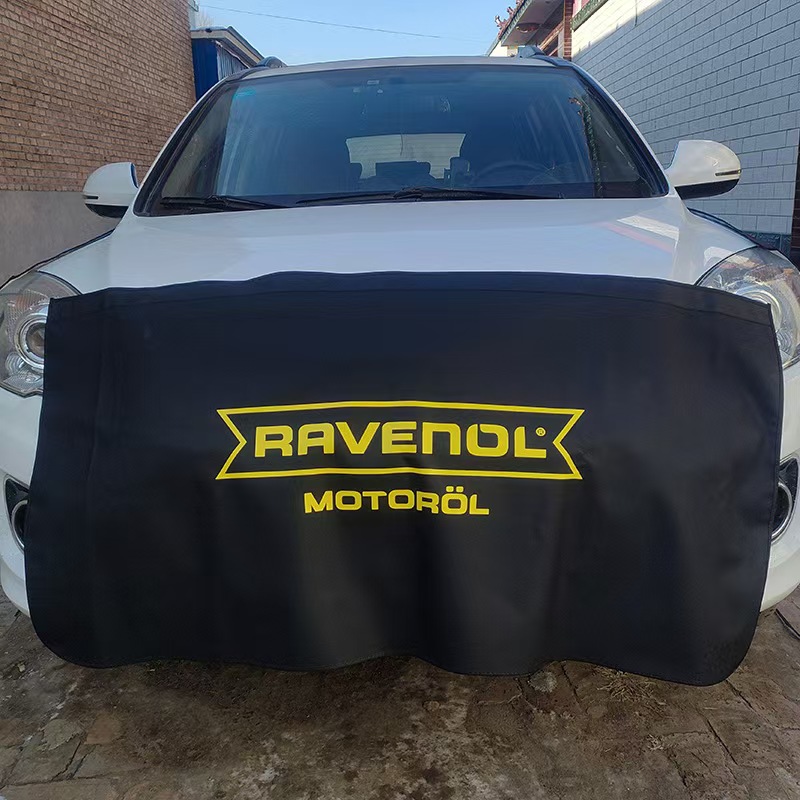Fender Car Cover Introduction
A fender car cover is a practical and often overlooked accessory that can significantly benefit your vehicle. It serves multiple functions, from safeguarding your car’s fenders to enhancing its overall appearance. Whether you own a compact city car, a high – performance sports vehicle, or a spacious family SUV, a fender car cover can be a valuable addition.
Protection Function
- Against Debris: The primary role of a fender car cover is to protect the fenders from road debris. During driving, small stones, gravel, and other particles kicked up by the tires can hit the fenders at high speeds, causing chips, scratches, and dents. A fender cover acts as a buffer, absorbing the impact and preventing direct damage to the fender’s paint and bodywork.
- Weather Resistance: It also shields the fenders from the elements. Rain, snow, and sleet can lead to rust formation over time, especially in areas where road salt is used during winter. Sun exposure can cause the paint on the fenders to fade. A quality fender cover helps prevent these issues, keeping your fenders in good condition and maintaining the overall integrity of your vehicle.
Aesthetic Appeal
- Custom – Look: Fender car covers come in various designs, allowing you to add a personalized touch to your vehicle. Some covers feature sleek, aerodynamic designs that enhance the sporty look of your car. Others may have bold graphics, brand logos, or unique patterns, making your car stand out from the crowd.
- Color Coordination: You can choose a fender cover that matches the color of your car or creates a contrast for a more eye – catching effect. This ability to coordinate with the overall aesthetics of your vehicle gives you the opportunity to create a unique visual statement.
Material Options
- Durable Plastic: Plastic fender covers are lightweight and cost – effective. They are highly resistant to impact from small debris and are easy to clean. Many plastic covers are also UV – treated, which helps prevent them from fading in the sun. However, they may not be as flexible as some other materials and can be more prone to cracking in extreme cold.
- Rubber – like Polymer: These materials offer excellent flexibility and impact absorption. They can conform well to the shape of the fender, providing a snug fit. Rubber – like polymers are also highly resistant to water and chemicals, making them ideal for protecting against road salt and other corrosive substances. They are often more durable than plastic in harsh weather conditions.
- Carbon Fiber – Reinforced Composite: For those seeking a high – performance and lightweight option, carbon fiber – reinforced composite fender covers are an excellent choice. They are extremely strong, yet lightweight, which can improve the vehicle’s performance. Carbon fiber also has a unique, high – tech appearance that adds a touch of luxury and sophistication to your car. However, they are relatively more expensive compared to other materials.
Size Selection
- Model – Specific: Many fender car covers are designed to fit specific car models precisely. These covers are manufactured based on the exact dimensions of the fenders of a particular make and model. When choosing a model – specific cover, ensure that you select the correct one for your vehicle to guarantee a perfect fit.
- Universal Fit: Universal – fit fender covers are available as well. These are designed to be adjustable to fit a wide range of car models. When considering a universal – fit cover, carefully measure the length, width, and curvature of your fenders. Then, compare these measurements with the size range provided by the manufacturer to ensure a proper fit.
Installation and Removal
- Installation: Installing a fender car cover is usually a straightforward process. For model – specific covers, they often come with pre – drilled holes or attachment points that align with the existing holes on the fenders. You can use screws, bolts, or clips to secure the cover in place. Universal – fit covers may require some adjustment, such as trimming or using adjustable straps to fit the fenders properly.
- Removal: When it’s time to remove the fender cover, for example, for maintenance or replacement, the process is relatively simple. Just reverse the installation steps. Remove the screws, bolts, or clips, and carefully lift the cover off. If it’s a universal – fit cover with adjustable straps, simply loosen the straps and take off the cover.
In conclusion, a fender car cover is a practical and stylish accessory that offers both protection and aesthetic benefits for your vehicle. When choosing one, consider factors such as material, size, and design to find the best option that meets your needs and preferences.






